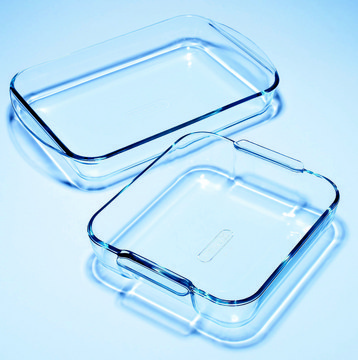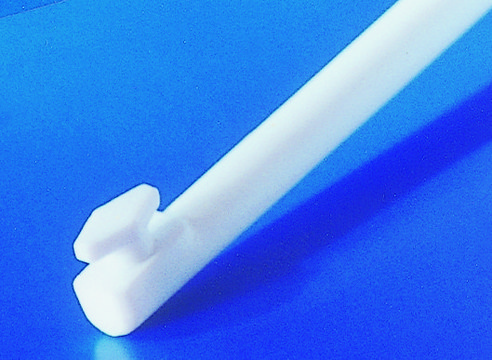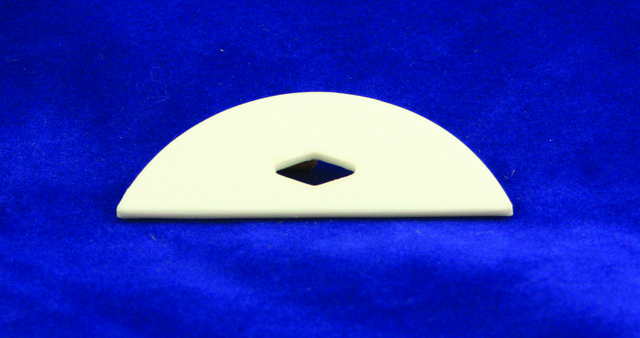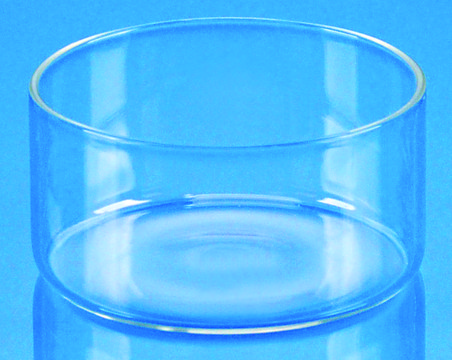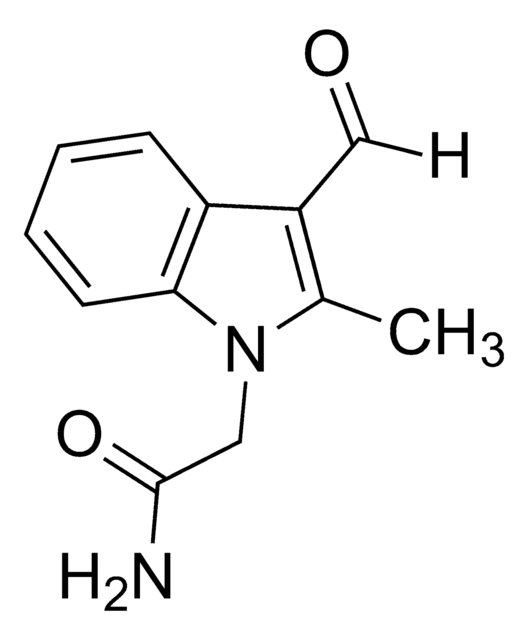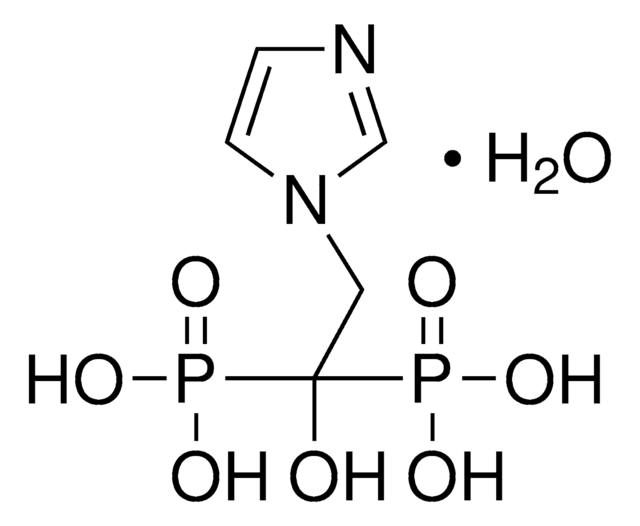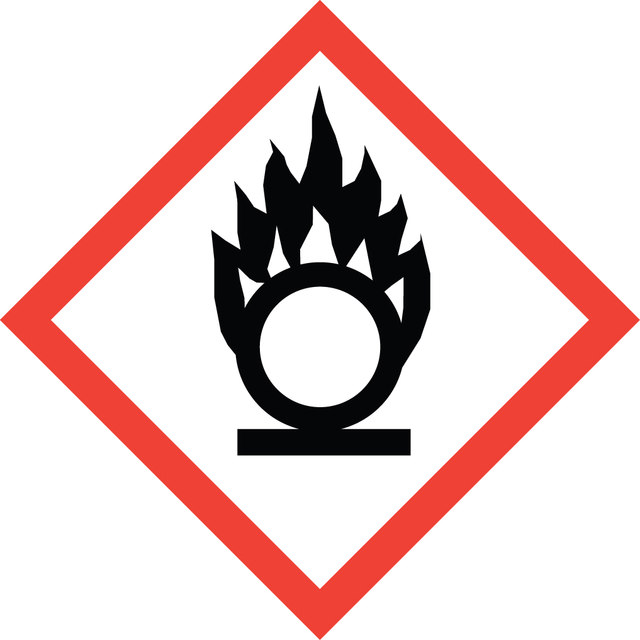377384
Tetraamminepalladium(II) nitrate solution
10 wt. % in H2O
Synonym(s):
Tetraamminedinitratopalladium, Tetraamminepalladium dinitrate
Select a Size
Select a Size
About This Item
Recommended Products
form
liquid
Quality Level
reaction suitability
core: palladium
reaction type: Buchwald-Hartwig Cross Coupling Reaction
reaction type: Heck Reaction
reaction type: Hiyama Coupling
reaction type: Negishi Coupling
reaction type: Sonogashira Coupling
reaction type: Stille Coupling
reaction type: Suzuki-Miyaura Coupling
reagent type: catalyst
concentration
10 wt. % in H2O
refractive index
n20/D 1.348
density
1.04 g/mL at 25 °C
SMILES string
N.N.N.N.[Pd++].[O-][N+]([O-])=O.[O-][N+]([O-])=O
InChI
1S/2NO3.4H3N.Pd/c2*2-1(3)4;;;;;/h;;4*1H3;/q2*-1;;;;;+2
InChI key
WIDMMNCAAAYGKW-UHFFFAOYSA-N
Looking for similar products? Visit Product Comparison Guide
Related Categories
1 of 4
This Item | PHR1893 | Y0002020 | 1724827 |
|---|---|---|---|
| form powder | form powder | form - | form - |
| assay ≥98% (HPLC) | assay - | assay - | assay - |
| Quality Level 100 | Quality Level 300 | Quality Level - | Quality Level - |
| storage temp. 2-8°C | storage temp. 2-30°C | storage temp. 2-8°C | storage temp. - |
| solubility H2O: ≥2 mg/mL | solubility - | solubility - | solubility - |
| storage condition desiccated, protect from light | storage condition - | storage condition - | storage condition - |
Signal Word
Danger
Hazard Statements
Precautionary Statements
Hazard Classifications
Eye Irrit. 2 - Ox. Liq. 2 - Skin Irrit. 2
Storage Class Code
5.1B - Oxidizing hazardous materials
WGK
WGK 3
Flash Point(F)
Not applicable
Flash Point(C)
Not applicable
Choose from one of the most recent versions:
Already Own This Product?
Find documentation for the products that you have recently purchased in the Document Library.
Our team of scientists has experience in all areas of research including Life Science, Material Science, Chemical Synthesis, Chromatography, Analytical and many others.
Contact Technical Service
